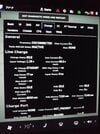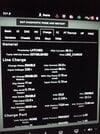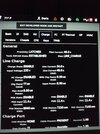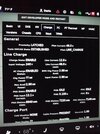gearchruncher
Well-Known Member
So let's say that the front motor in your AWD car stops working. The car still drives fine, so Tesla gives you no warnings or indications.The nature of most TSBs is that the manufacturer does not bring it up as an issue nor proactively fix it unless the customer complains of it as an issue.
Then you take the car in for another issue while the car is under warranty. They see the error code, but you haven't complained, so they don't repair it.
Is this situation different?
This is not a suspension clunk or driveshaft vibration at full throttle. This is an electronic module in the car which has unquestionably failed, the car no longer meets the original design intent, and is absolutley covered under warranty as a failure as long as you notice it. You're cool with Tesla not telling you it's failed via a message to the driver, requiring you to identify it in a way that is not possible with any of the equipment Tesla provided with the car, and also not telling you if you bring the car in for service?
This really has nothing to do with a TSB, which is how or when to repair something that has become a common issue in the fleet but may not represent a warranty issue (like a rattle) but TSB's are not about how to hide a failed component from the owner. What would a TSB even say in this case? "PCS's fail now and then, follow the repair manual to replace it, and if it's out of warranty pretend that it's not insde the battery when charing the customer $1800 to replace something that should be under the 8 year warranty but isn't because reasons?"






